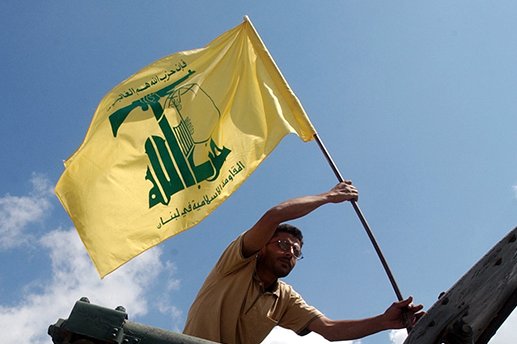In the last five years, there has been a dramatic change in everything related to Hezbollah's air defense strategy in Lebanon. According to estimates, the organization's Secretary General Hassan Nasrallah almost doubled the amount of air defense systems in his possession, sponsored by the Iranians of course. This is in an attempt to limit the ability of the technologically-advanced Israeli Air Force to operate over Lebanon.
Hezbollah’s decision to act against the Israel Defense Forces using existing Russian air defense systems, including SA8 and SA22, constitutes a fundamental strategic change of perception on the part of Hezbollah, within the framework of which attempts are made to restrict the air force's freedom of action even during routine times. According to various estimates, Hezbollah as mentioned almost doubled the amount of its air defense systems, and in five years, based mainly on new Iranian systems. To put this into context it is noteworthy that Israel has operated with impunity over Syria, which boasts the same systems Hezbollah has, and is often cited as having flown over Lebanese airspace to reach Syrian targets. To this point, the anti-aircraft systems have not taken down an Israeli manned jet, although several drones have crashed.
Hezbollah nearly doubled air defense systems in past 5 years in bid to limit Israeli Air Force, @MaarivOnline reports; Russian-made and Iranian anti-aircraft batteries deployed in Lebanon, report says.
— Israel Radar (@IsraelRadar_com) June 30, 2023
The improvement in capabilities is consistent, and in Jerusalem, it is estimated that it is also reflected in the availability of those systems for quick activation as per Nasrallah's orders. The IDF is following this alarming trend, which is reflected both in the increase in quantity and in the improvement of Hezbollah's overall capacity amid this change of the strategy to make it available for operation even during a drill to harm the freedom of action of the Israeli Air Force in Lebanon.
The incident which initially alerted the Israeli security forces was back in August of 2019 when Nasrallah threatened to shoot down an Israeli drone and managed to carry out the threat. In a precedent-setting move, an SA8 missile was launched at the Israeli Hermes 450 drone, which was on an intelligence-gathering mission.
The missile missed its target, and even though the IDF identified the vehicle from which the missile was launched, the approval of the political echelon, headed by Benjamin Netanyahu, to hit the launch vehicle was not received, for fear of escalation.
Since that event, there have been, according to reports in Lebanon, at least three more attempts by Hezbollah to attack Israeli drones. The IDF recognized the change and the disturbing trend, and more than a year later since the interception attempt, the possibility of damaging these capabilities on the part of Israel also arose. These operational plans, however, fell between the cracks.
“This unrealistic expectation of air defense protection will likely prove to be acutely misleading in a multi-arena war scenario, involving not just Lebanon, but also adversaries in Syria, Iraq, Yemen, and Iran” #Hezbollah https://t.co/6TcClG2331 pic.twitter.com/xWBEM24dLI
— ֎ Mihr ֍ (@Mithras49314064) June 25, 2023
Nonetheless, in recent years, Israel has damaged some of these capabilities and caused heavy damage to Hezbollah’s infrastructure, but the trend of improvement in the scope and quality of the weapons systems shows the stubbornness and persistence of Iran and Hezbollah in building the military capabilities of its terrorist organization in Lebanon.


